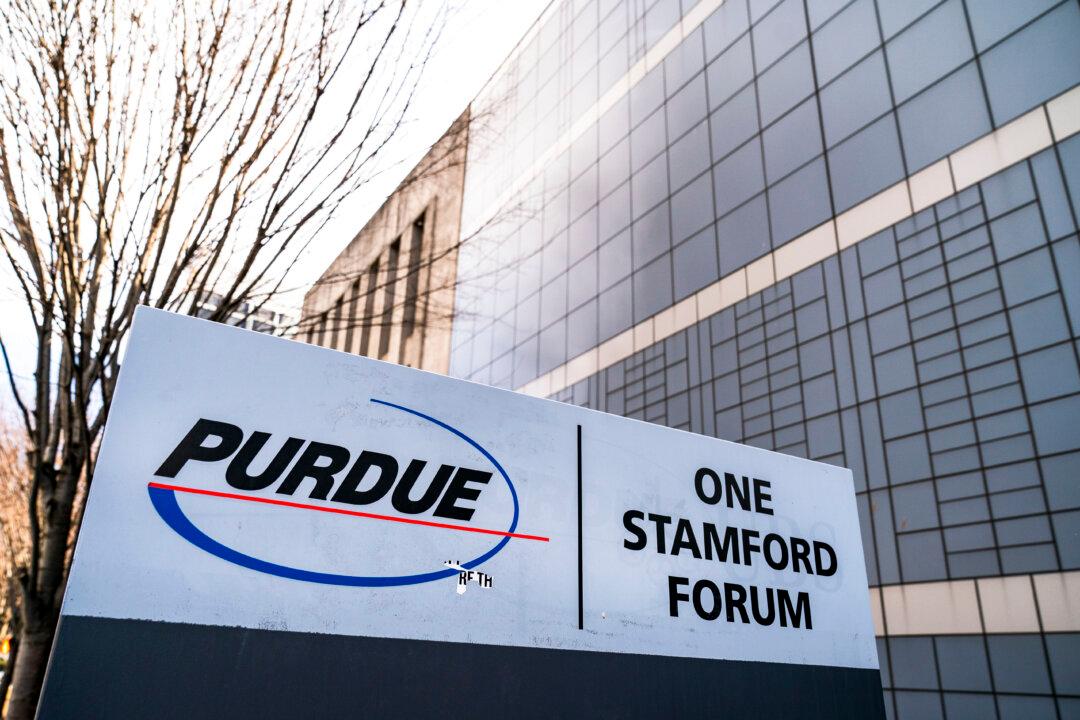OpenAI responded to a copyright infringement lawsuit filed by The New York Times by describing its use of the media outlet’s content as negligible.
“Just as humans obtain a broad education to learn how to solve new problems, we want our AI models to observe the range of the world’s information, including from every language, culture, and industry,” the company said in a press release.





